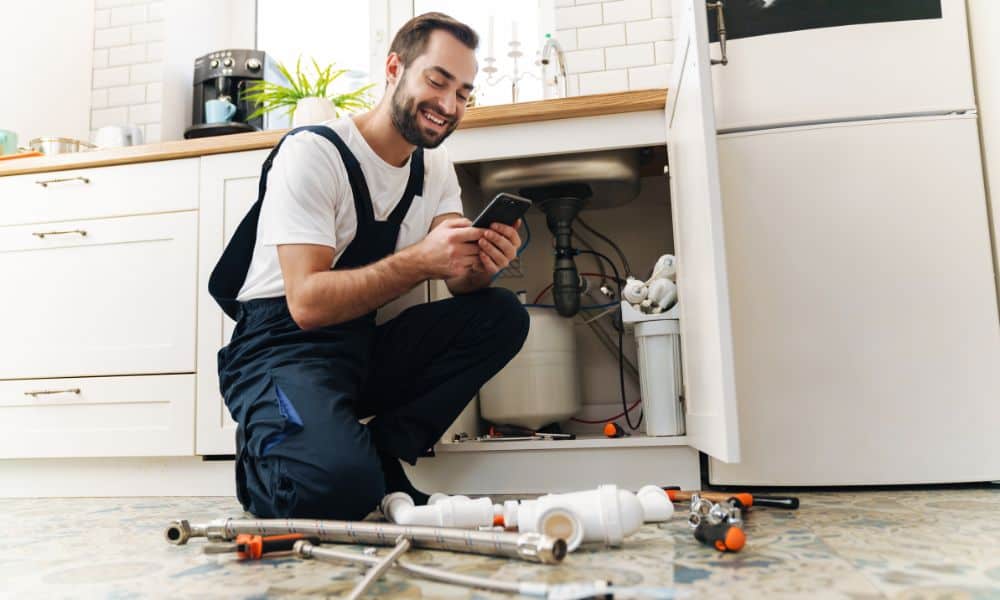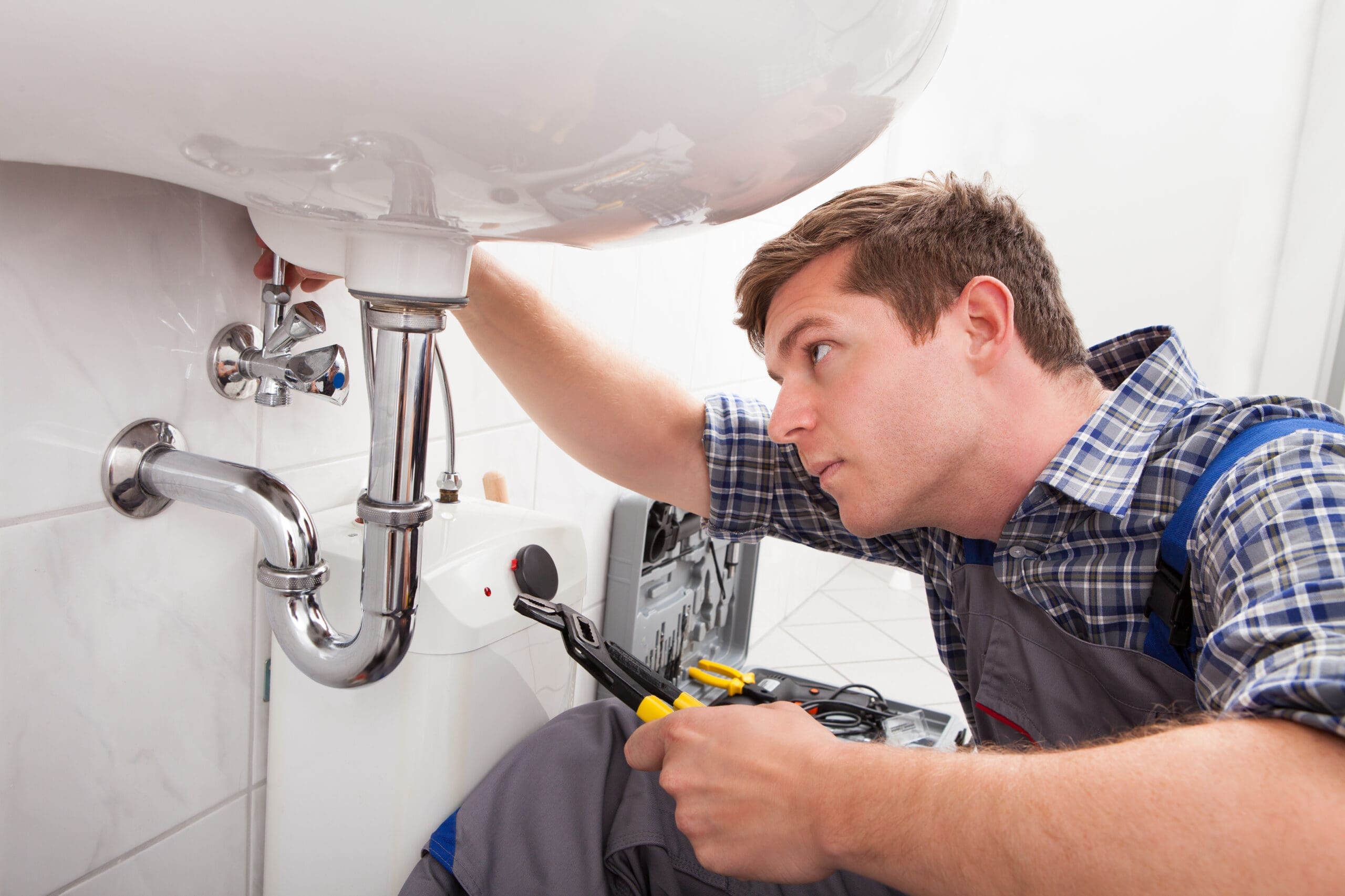To DIY or Not to DIY?
To DIY or Not to DIY?
Blog Article
What're your concepts about When to call a professional plumber vs. DIY?

Intro
Pipes problems can range from minor hassles to major frustrations, usually prompting homeowners to make a decision in between tackling the issue themselves or calling an expert plumber. Knowing when to do it yourself and when to seek professional assistance can conserve time, money, and protect against possible disasters. This write-up explores the aspects to consider when making this important choice.
Advantages of DIY Pipes
Tackling plumbing jobs on your own can be gratifying in numerous means, particularly for simpler jobs.
Intricacy of Jobs
Some pipes issues require specific understanding and tools beyond normal house owner abilities. Mishandling complicated problems can cause more damage and costly repair services.
Safety and security Concerns
Dealing with plumbing systems involves dangers such as exposure to water damages, potential for electrical threats, and handling tools inaccurately. Safety precautions need to be observed to stop accidents and guarantee efficient fixings.
Indicators to Call a Professional Plumber
Identifying when a pipes issue exceeds DIY capabilities is important to avoid worsening troubles.
Signs of Complex Problems
Instances include:
Trigger professional treatment is required to deal with these problems effectively and minimize damage.
DIY Plumbing Tips
For successful DIY plumbing, it's necessary to be prepared with the right tools and comply with appropriate procedures.
Basic Tools and Products
Trick devices for do it yourself pipes:
Step-by-Step Guides
Clear guidelines ensure risk-free and efficient do it yourself repairs:
Selecting the Correct Time to Do It Yourself
Establishing when to deal with plumbing tasks on your own needs evaluating both the complexity of the concern and individual comfort levels.
Analysis List
Think about:
Expense Savings
DIY plumbing projects frequently save cash by preventing expert service charge. Tasks like repairing minor leakages, changing faucets, or installing new showerheads are examples where property owners can handle repairs without employing a plumbing technician.
Skill Enhancement
Taking part in DIY pipes offers a possibility to discover and boost functional skills. Basic jobs empower house owners to understand their pipes systems much better and gain confidence in taking care of little fixings independently.
Dangers of DIY Plumbing
While do it yourself jobs provide advantages, specific risks need to be meticulously thought about before trying repairs.
When to Certainly Call a Professional
Particular situations require prompt skilled focus to avoid extensive damage or safety and security risks.
Emergency situation Situations
Examples include:
Finding and Employing an Expert Plumbing Professional
Picking a certified plumbing makes sure trusted solution and satisfaction in dealing with plumbing problems.
Standards for Selection
Variables to think about:
Price Evaluation: DIY vs. Expert Solutions
Comparing the economic ramifications of DIY initiatives versus specialist plumbing solutions aids in making notified choices.
Financial Considerations
Assess:
Conclusion
Choosing whether to do it yourself or call a specialist plumbing technician rests on recognizing the complexity of plumbing problems and individual capacities. By evaluating the benefits and risks, home owners can make educated selections that advertise efficient upkeep and safeguard their homes from pipes disasters.
When to DIY and when to call a professional plumber
There are Australian laws and regulations that regulate plumbing work in Australia. This means that there are few home plumbing tasks that you can DIY. Besides, a lot can go wrong with DIY plumbing projects. However, there are also plumbing works that you can successfully DIY. Read on to know when to DIY and when to call a professional plumber.
You can learn more about the risks of DIY plumbing projects, projects requiring special caution, and illegal DIY plumbing works to avoid. This post concludes with the services of commercial plumbers and why getting expert help is essential.
Reasons to Attempt DIY Plumbing Projects
While it is often not advisable to perform DIY plumbing repairs, several pros of DIY plumbing projects can make them attractive.
Save costs
A significant reason for doing DIY plumbing jobs is to save costs. It is possible to save on labour charges and overall fees if you buy the needed tools and parts from local hardware stores and do the repairs yourself.
Gaining experience
You can gain some hands-on experience in basic plumbing repair if you watch online videos and attempt the repairs yourself.
Confidence boosting
You can boost your confidence and self-reliance skills by performing DIY plumbing repairs and installations yourself.
Risks of DIY Plumbing Projects
If something goes wrong with your DIY plumbing project, you may have unfavourable results that you may consider the cons of DIY plumbing.
For one, your home may get so extensively water-damaged that your home and contents insurance will not cover you. You will also have to spend more money to repair the water or sewage problem than you would otherwise spend for professional plumbing jobs. Besides, you may often spend more time on DIY plumbing work than an experienced plumber would spend. This is because you may not have the needed skill set. There are also related safety hazards and potential threats of DIY plumbing jobs that you may need to consider. Plumbing Issues You Can Fix Yourself
You can attempt DIY plumbing for plumbing issues such as replacing tap washers, installing shower heads or performing minor tap leak repairs. However, it would help if you invited licensed plumbers to fix complex leaking showers, effectively deal with blocked drains, or repair hot water systems. This is the best way to ensure these plumbing issues are correctly fixed, and the project is insured.
Fixing clogged or blocked drains
You may have clogged drains or need help with slow-draining showers. These are tasks that you can resolve yourself using several options. To fix blocked drains, you may use baking soda, plungers, or wire hangers. Meanwhile, you can take the preventive measure of installing filtration systems such as drain filters to help prevent drain clogs.
New faucet installations
It is possible to install a new faucet yourself. You would have to turn off the hot and cold water valves. Then, you can remove and fix the old faucet and replace it with the new one.
Leaky faucet repairs
While leaky faucet repairs are more technical than installations, you can also take some steps to fix them. Turning off water valves is the first step in draining water from plumbing systems. Next, you can use a washcloth to cover the drain and remove the decorative handles.
This will allow enough room to unscrew the nuts that attach the faucet handle to the stem. Your final step is to take out and replace the old washers and O-rings with the new duplicates.
Fixing running toilets
An occasional DIY solution for running toilets is to restore the flapper in the tank to its proper place.
Burst pipes
You may have issues with your exterior plumbing fixtures. It may simply be that your inbound or outbound pipes have worn out, or you may have burst pipes due to flooding or large tree roots.
You may also have frozen pipes. These are all instances when you need to call a professional plumber. They will perform pipe inspections to locate the problem and implement solutions such as pipe relining.
Interior plumbing repairs
It's usually time to call a competent plumber if you want to do plumbing repair work on floors, ceilings, or the walls of your building. They can also help you fix faulty showers and sinks.
Plumbing renovation
Major renovation projects or plumbing jobs such as bathroom remodelling and bathroom renovations require the services of a professional plumber. Likewise, you need a professional plumber to fix your kitchen sink or plumbing. They can help you get the required plumbing permits. At the same time, they know what building codes apply to such renovation projects.

We were guided to that editorial about When to DIY and When to Call in the Plumbing Pros from a good friend on another domain. Are you aware of somebody who is truly interested in When to Call a Plumber? DIY or Professional Help? Be sure share it. Thanks a lot for your time invested reading it.
Schedule Services Report this page